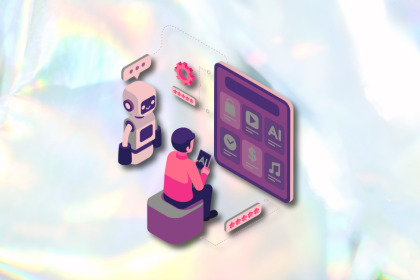
Maximalism defined the 90s web with neon colors, dense text, textures, and endless GIFs. This article explains why the style emerged and how its “more-is-more” energy compares to the minimalist UX standards we rely on today.

The 90s web was chaotic, colorful, and full of improvisation and it shaped more of modern UX than we admit. This article traces how tables, GIFs, and bold palettes evolved into today’s grids, micro-animations, and clean hierarchy.

I’ve tested dozens of Figma AI plugins, and only a handful earned a permanent spot in my workflow. In this article, I break down the tools that actually help me ideate, wireframe, write, and test with more speed and clarity.

Nostalgia-driven aesthetics is a real thing. In this blog, I talk all about 90s website designs — from grunge-inspired typography to quirky GIFs and clashing colors — and what you can learn from them.

Users don’t interact with your product at random; they follow cognitive patterns. These 14 principles reveal how people think, decide, remember, and get motivated, so you can design experiences that guide them effortlessly.

Great modals respect user intent. Bad ones hijack it. This guide covers when to use modals, how to make them user-friendly, and what to use instead.

The design-to-code era is evolving fast. With Figma’s new MCP server, designers can hand off files directly to AI coding tools for near pixel-perfect results. Here’s how to structure your Figma files for the MCP-powered future.

Designers are automating faster than they’re thinking. Learn why overreliance on AI is hurting UX and how to use it without losing creativity.

AI tools are evolving fast but so are user expectations. As UX designers, it’s time to go beyond functionality and think personality. Here’s how prompt design helps you prototype AI agents that sound human, not robotic.

UX initiatives often struggle to make it onto the roadmap. Learn how to align design work with PM priorities, communicate impact in business terms, and collaborate early to turn user-focused ideas into product-backed initiatives.

AI can summarize your research, sketch your wireframes, and even write your copy, but it can’t care about your users. Here’s how to make sure your UX stays human-first, not machine-led.

The “modern” UI/UX era is already aging. I believe the next wave of design will change how users see — and feel — technology. Here are my predictions for what’s coming next.